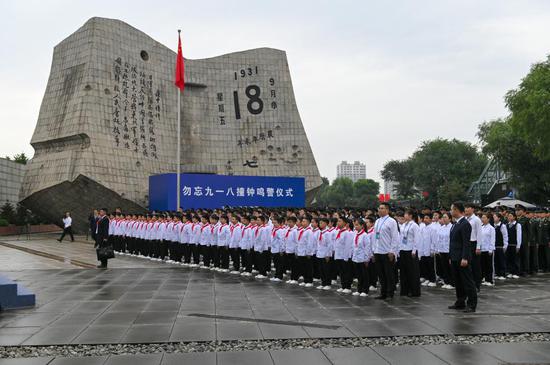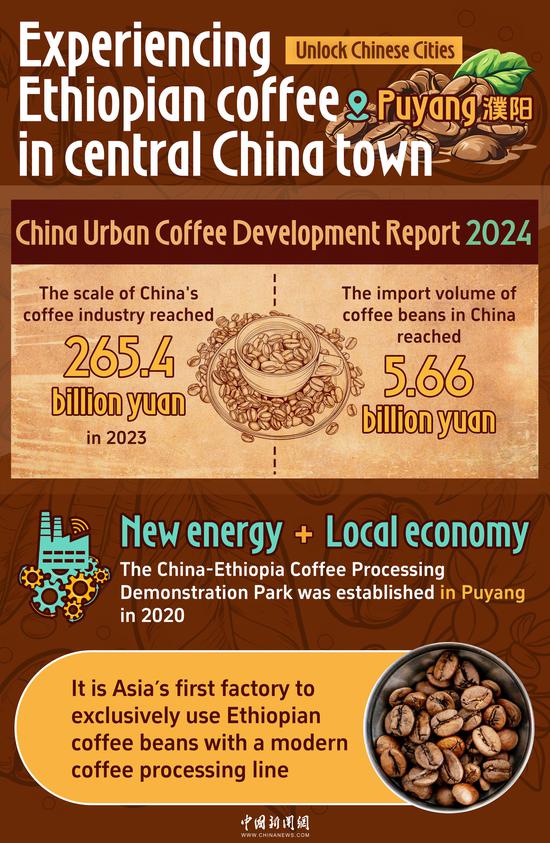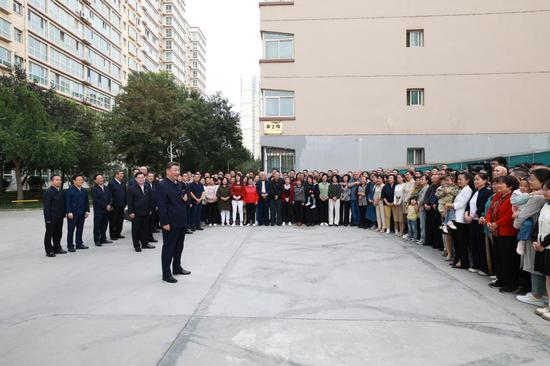Production plan
The National Development and Reform Commission, China's top economic planner, unveiled a plan in the first half of the year, aiming to boost the country's annual food production by over 50 million tons by 2030, focusing on corn and soybean.
Co-drafted by the NDRC and the Ministry of Agriculture and Rural Affairs, the plan made clear the resolve to discourage nonagricultural use of farmland and maintain food-growing areas at around 116.7 million hectares by 2030, similar to current levels.
The plan targets grain productivity surpassing 6.3 tons per hectare by 2030, up from 5.8 tons last year.
It also emphasizes priorities such as enhancing rice and wheat quality through optimized variety structures, increasing corn productivity and expanding soybean cultivation areas.
Despite producing over 650 million tons of grain annually and being largely self-sufficient in staple crops like rice and wheat, China heavily relies on soybean imports from Brazil and the United States.
Corn and soybeans are essential raw materials for animal feed production.
In recent years, authorities have launched a campaign to boost productivity in 200 corn-growing counties and 100 soybean-growing counties.
This initiative includes promoting high-density planting varieties and enhancing crop management practices to reduce food loss to diseases and pests.
A mix of crop rotation and intercropping methods has been employed to expand soybean cultivation.


















































 京公网安备 11010202009201号
京公网安备 11010202009201号